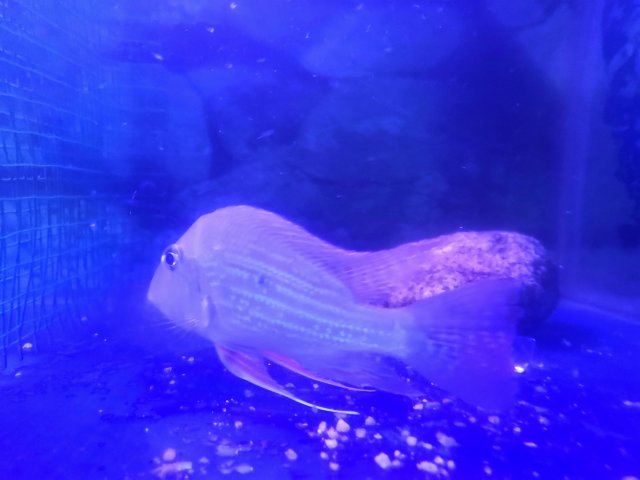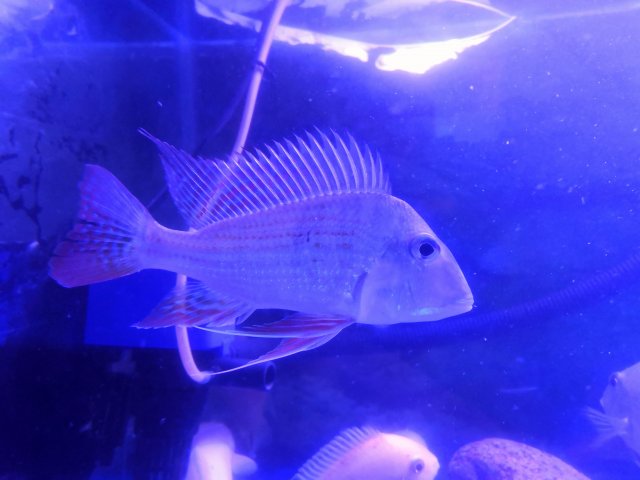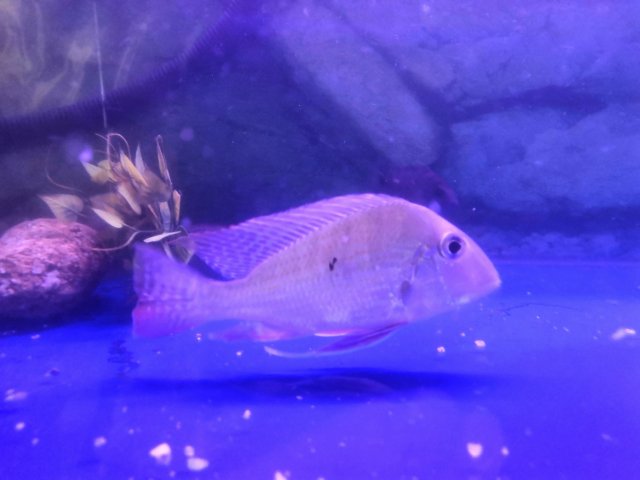I am seriously curious about this. What are the differences between the two species, how can you tell them apart? If you can provide pictures that would be phenomenal.
I currently have G. surinamensis, or at least I believe I do.
 I have the ability to get both 'locally', and was thinking about it, but was worried about crossbreeding or not even being able to tell them apart. The altifrons have a higher price, I know that for sure.
I have the ability to get both 'locally', and was thinking about it, but was worried about crossbreeding or not even being able to tell them apart. The altifrons have a higher price, I know that for sure.
I currently have G. surinamensis, or at least I believe I do.

 I have the ability to get both 'locally', and was thinking about it, but was worried about crossbreeding or not even being able to tell them apart. The altifrons have a higher price, I know that for sure.
I have the ability to get both 'locally', and was thinking about it, but was worried about crossbreeding or not even being able to tell them apart. The altifrons have a higher price, I know that for sure.







